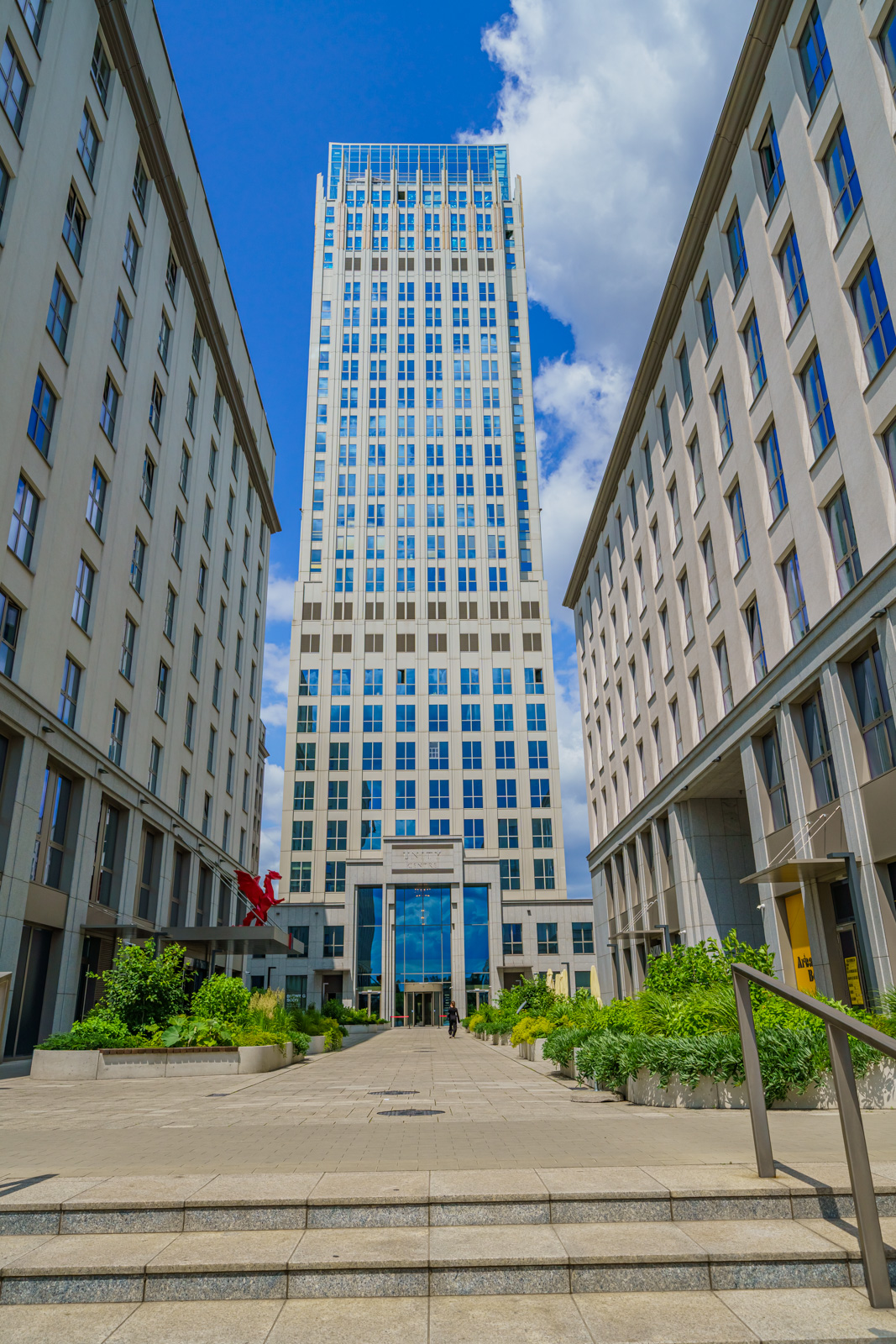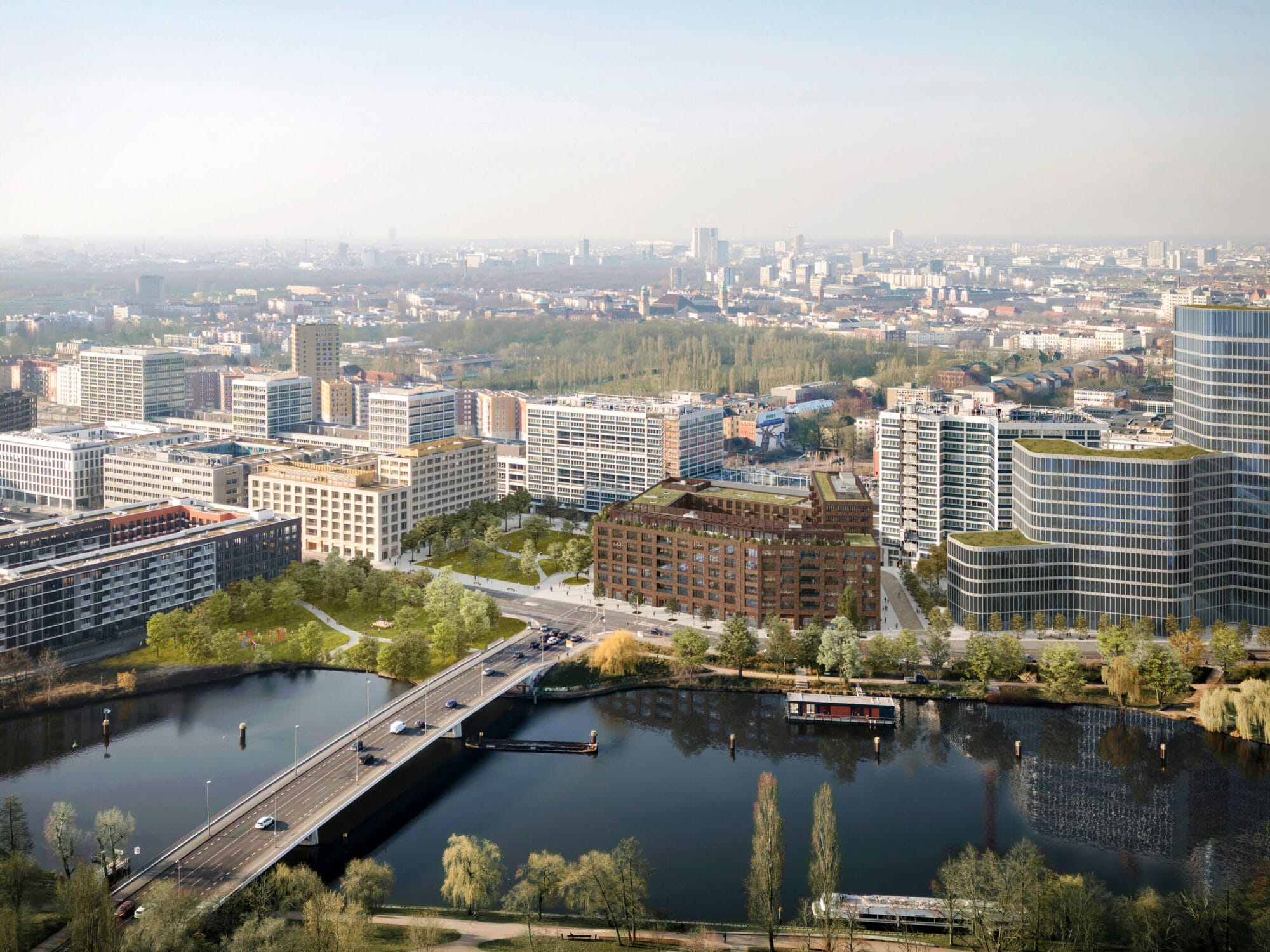Technology, Advertising, Media, and Information (TAMI) companies have long led the way in creation of modern, innovative offices. They introduced activity based working before it was ready for ‘prime time’ and found ways to use offices to display their brand and values. While their creative goals haven’t changed, other industries have clearly caught-up. Particularly the fast-learners in the technology industry with their amazing success have brought some key differences.
TAMI offices are designed to focus on people and results that drive even greater business success. Compared to the financial and insurance sector, they are much less about cost saving. Yes, agility, innovation, and productivity are important like everywhere nowadays, but the bias of technology firms is for talent attraction and retention. It’s the scarce, young talent that is responsible for technology executives’ sleepless nights. And as every economist will tell you, and many psychologists too, there comes a moment when a lot more money will have very little impact on a person’s job satisfaction. Investment in the quality of the workplace and in wellbeing programs can have a significant influence an employee’s decision to stay or go. When losing a highly compensated software engineer can cost the company up to three times their salary, and when that departing engineer inspires others to leave too, technology leaders search for many ways to keep them engaged. They want the experience of work to inspire connections to the company and its people so that key personnel would rather stay than go.
At Cushman & Wakefield, our studies show that when the work environment supports the full range of experiences from bonding and teaming to focus, learning and renewal, engagement is high and strong. After all, we spend one third to one half of our waking hours at work – it impacts our general life quality greatly.
For that reason, in the technology industry, the sit/stand desks have become a standard. So are amenities and perks like gyms, healthy food choices, on-site yoga classes, or massages.
Location matters too: a survey of 400 business students in Paris (ESSEC) showed that 93 percent didn’t want a traditional office and 87 percent wanted to work in a city centre. Everyone is taking notice.
Technology is becoming the cheapest component of work and people the most expensive.
But it’s not only the “T” of TAMI. Advertising firms too are increasingly dependent on talented technologists and luring them than keeping them matters. A Cushman & Wakefield client and the CEO of an advertising agency in London said most tellingly, “I’m not worried about my employees moving to a competitor. We’re competing against them flying to Thailand and working freelance from the beach. Our office needs to be more appealing than that. It needs to be a place they love: their home, their community.” And as I’m writing these words floating on a big pink flamingo in a swimming pool, overlooking the Ibiza Marina, I must say that I understand his concerns.
Virtual work will require both appropriate space and the reassurance provided by direct access and connections to peers and partner workers. Organizations will have to create a new balance between collective and individual spaces.
Advertising firms also lead the way in using their workplaces as selling tools. Another London advertising agency client had a stimulating, buzz-filled, and creative office yet they pitched and presented to clients in an elegant/boring client suite downstairs. With much encouragement, we convinced them to first tour clients through the office, purposefully walking them around the vibrant and exciting space. The result? “Clients tell us that they’ve made their decision to work with us before even reaching pitch room.”
The TAMI sector is on the forefront in acquisitions of start-ups, which creates interesting challenges in merging the cultures. A large American technology firm we worked with across EMEA developed robust, but flexible workplace and change guidelines that allow an easy incorporation of new firms into the company culture.
In a way, again, the TAMI firms lead the way. How to use your workplace to build engagement and staff satisfaction? How to wow your clients? Watch that space.







